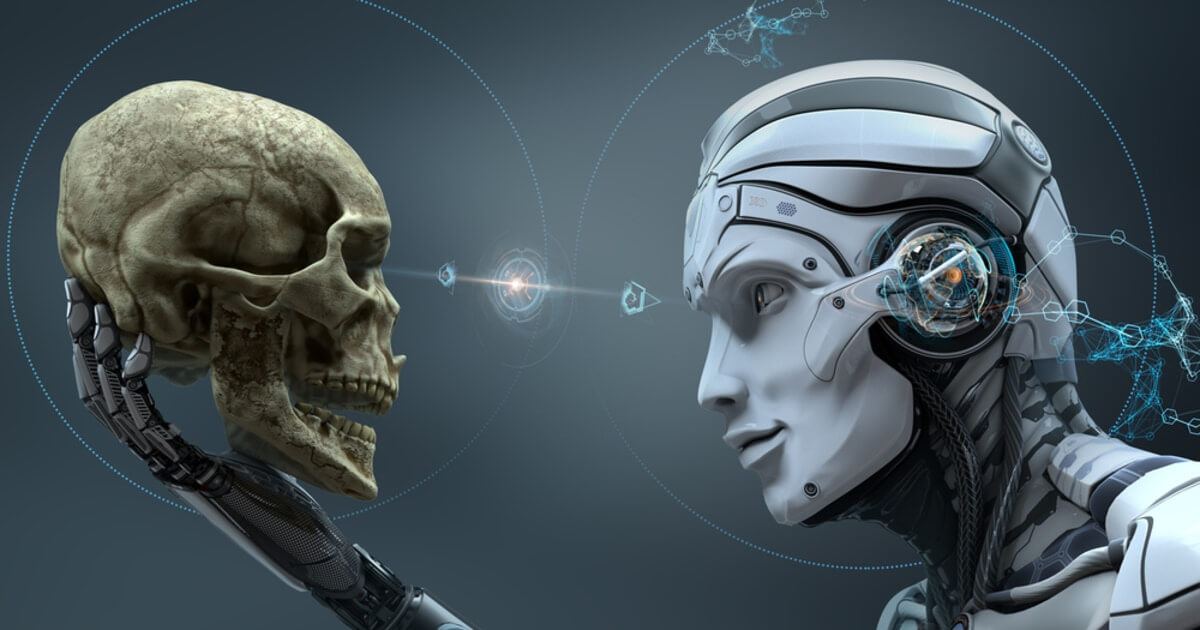Scenarios for the Transition to Artificial General Intelligence (AGI)

A recent working paper by Anton Korinek and Donghyun Suh explores different scenarios for the transition to Artificial General Intelligence (AGI). The paper analyzes the impact of technological progress on output and wages, considering the possibility of full automation and its implications for the labor market. The authors discuss the race between automation and capital accumulation, the effects on wage dynamics, and the potential for broad-based gains in productivity. The research provides valuable insights into the economic consequences of AGI development.
The transition to Artificial General Intelligence (AGI) has been a topic of great interest and speculation in recent years. Many researchers and industry leaders believe that AGI, which refers to AI systems that can perform all tasks at human levels, may soon become a reality. In a working paper titled “Scenarios for the Transition to AGI,” economists Anton Korinek and Donghyun Suh delve into the economic implications of AGI development.
The paper starts by examining the relationship between technological progress, output, and wages. The authors propose a framework that decomposes human work into atomistic tasks with varying levels of complexity. They argue that advances in technology enable the automation of increasingly complex tasks, potentially leading to the automation of all tasks with the advent of AGI.
One crucial aspect analyzed in the paper is the race between automation and capital accumulation. If automation progresses slowly enough, there will always be enough work for humans, and wages may continue to rise. However, if the complexity of tasks that humans can perform is bounded and full automation is achieved, wages may collapse. The authors also consider the possibility of declines in wages before full automation occurs if large-scale automation outpaces capital accumulation, leading to an oversupply of labor.
The research suggests that the automation of productivity growth can result in broad-based gains in the returns to all factors of production. On the other hand, bottlenecks to growth caused by scarce, irreproducible factors may exacerbate the decline in wages. The authors emphasize the importance of understanding the distribution of tasks in complexity space and its impact on economic outcomes.
While the paper provides valuable insights into the potential consequences of AGI development, it also acknowledges the uncertainties surrounding the transition. The authors highlight that the distribution of tasks in complexity space plays a crucial role in determining the economic outcomes. They consider both unbounded and bounded distributions, with the latter reflecting the finite computational capabilities of the human brain.
Overall, the research by Korinek and Suh contributes to the ongoing discussion about the future of work in the age of AI and automation. By analyzing different scenarios for the transition to AGI, the paper sheds light on the possible effects on output, wages, and human welfare. It serves as a valuable resource for policymakers, researchers, and industry leaders seeking to understand the economic implications of AGI development.
Image source: Shutterstock

Comments are closed.